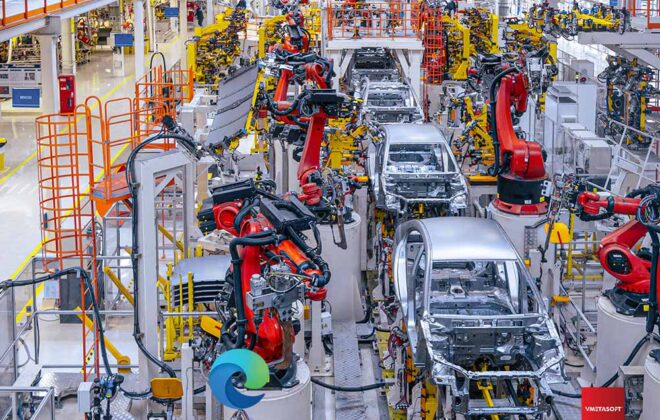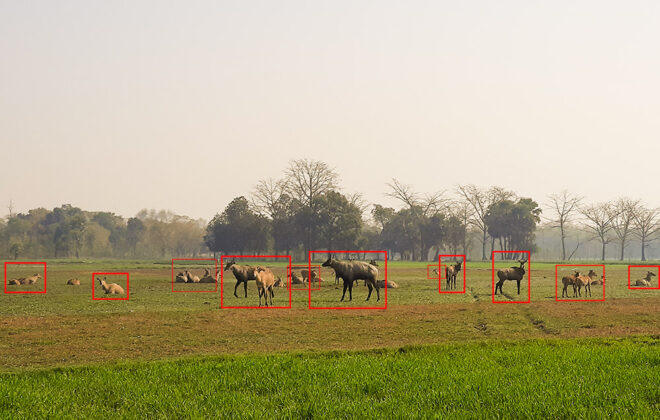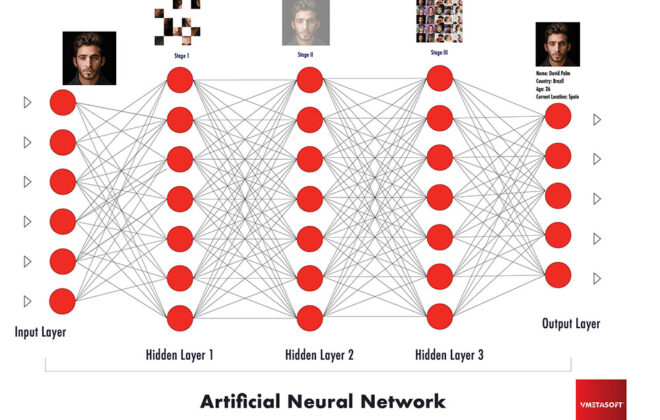What is Generative AI?
In recent years, artificial intelligence (AI) has made significant strides in various fields, revolutionizing industries and transforming the way we live and work. One fascinating aspect of AI is its ability to generate content autonomously through a process known as generative AI. From generating realistic images and videos to composing music and writing prose, generative AI holds immense creative potential. In this blog post, we will delve into the world of generative AI, exploring its capabilities, applications, and the ethical considerations it raises.
Understanding Generative AI:
Generative AI refers to a branch of artificial intelligence that involves the creation of new, original content based on patterns and examples in existing data. Unlike traditional AI systems that rely on predefined rules and logic, generative AI models use complex algorithms and neural networks to learn and mimic patterns from training data. This allows them to generate entirely new content that possesses similar characteristics to the data it was trained on.
Applications of Generative AI:
Art and Design: Generative AI has opened up exciting possibilities in the world of art and design. Artists can now leverage generative models to create unique and visually stunning pieces. From creating abstract paintings to designing intricate sculptures, generative AI can assist artists in exploring new creative avenues.
Content Generation: Generative AI is being used to automate content generation in various industries. Chatbots powered by generative models can engage in natural language conversations and provide personalized responses. Similarly, AI algorithms can generate news articles, blog posts, and social media content, making it easier for content creators to meet the demands of a fast-paced digital world.
Image and Video Synthesis: With generative AI, it is now possible to create realistic images and videos that never existed in the physical world. By training on vast datasets, AI models can generate lifelike visuals, deepfake videos, and even virtual avatars. This technology has applications in entertainment, visual effects, and virtual reality, pushing the boundaries of creativity and storytelling.
Ethical Considerations:
While generative AI offers immense creative potential, it also raises ethical concerns. The ability to generate content that is indistinguishable from reality can be misused for malicious purposes, such as spreading misinformation or creating convincing fake identities. Safeguards must be put in place to ensure responsible use of generative AI technology and protect against potential misuse.
Additionally, issues surrounding copyright and intellectual property arise when generative AI is used to generate content based on existing works. Determining the ownership and originality of AI-generated creations can be a complex legal matter that requires careful consideration.
Conclusion:
Generative AI represents a remarkable leap forward in the realm of creative technology. From art and music to content generation and visual synthesis, AI models are pushing the boundaries of human imagination. While ethical concerns remain, responsible development and deployment of generative AI can unlock new avenues of creativity and enhance our ability to generate content in previously unimaginable ways. As the field continues to advance, it is important for society to navigate the ethical considerations and ensure that generative AI is harnessed for the betterment of humanity.
AI Generative Model into Your Business
Implementing generative AI can help your industry flourish, as you can automate process that requires image recognization and creative content creation. In Vmetasoft we help industries leveraging by building a customized generative AI model by feeding data using selective Data Mining module that is tailored made for your business.
Related Posts
- Agriculture
- Artificial Intelligence
- Big Data
- Business Process Improvement
- Business Process Re-engineering
- Cloud Computing
- CRM software
- Cyber Security
- Data Mining
- Data science
- Data Storage Technology
- DataBase
- DevOps Environment
- Digital Transformation
- ERP Software
- Fraud Prevention
- How to Solve
- IoT: Internet of Things
- Java
- Logo Design
- Product Development
- Uncategorized
- Ux Design
- Virtual Reality Technology
- Web Development
- Work Culture
ANN artificial intelligence Artificial Neural Network asset management attack branding buisness buisness development buisness software buisness technology cloud computing CRM Software database data mining digital transformation ERP Software generative ai growth rate how to hr human capital management software hybrid iass India inventory management java progamming language logo design machine learning microsoft edge modernization mtbf mttr pass performance prevention private public ransomware red hat enterprise linux sass smart manufacturing soc SSD training and deployment unistall
Recent Comments
Thank You
Thank you Zen
Thank you Cerebrozen
Really a insightful bog
We really apprecite Vmetasoft affort, helping our brand with SOC. We are really proud to be partnered with Vmetasoft Inc.





